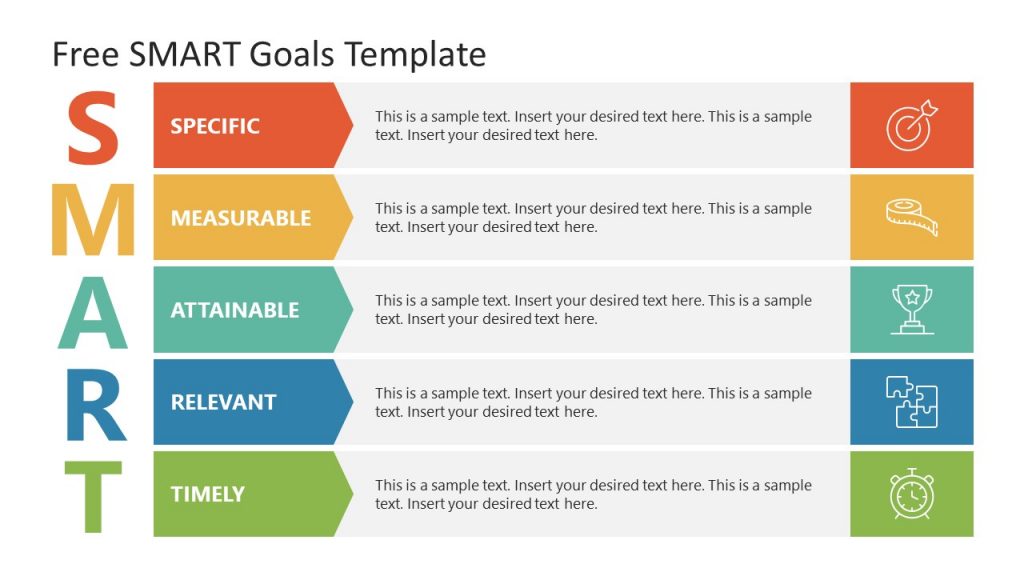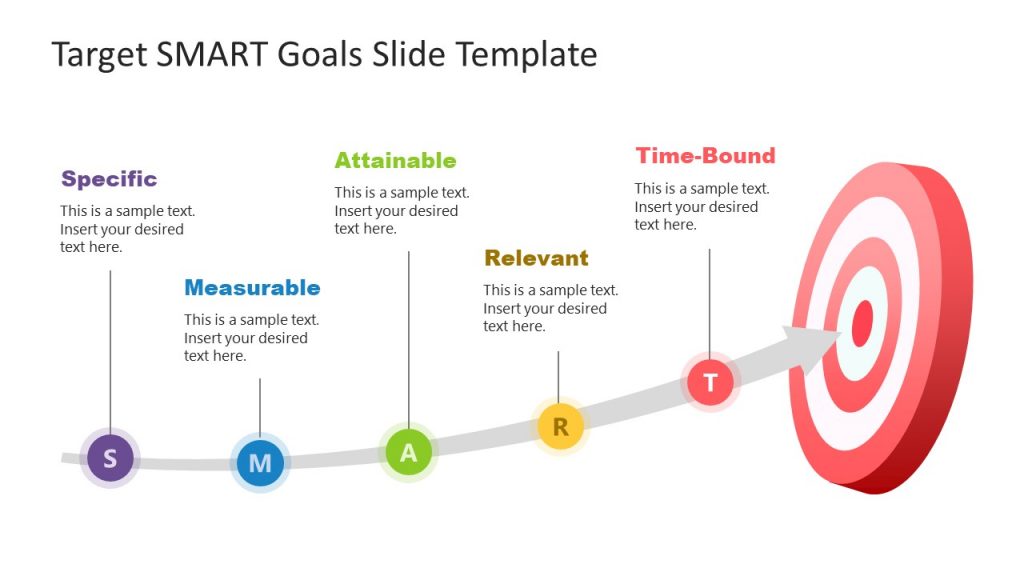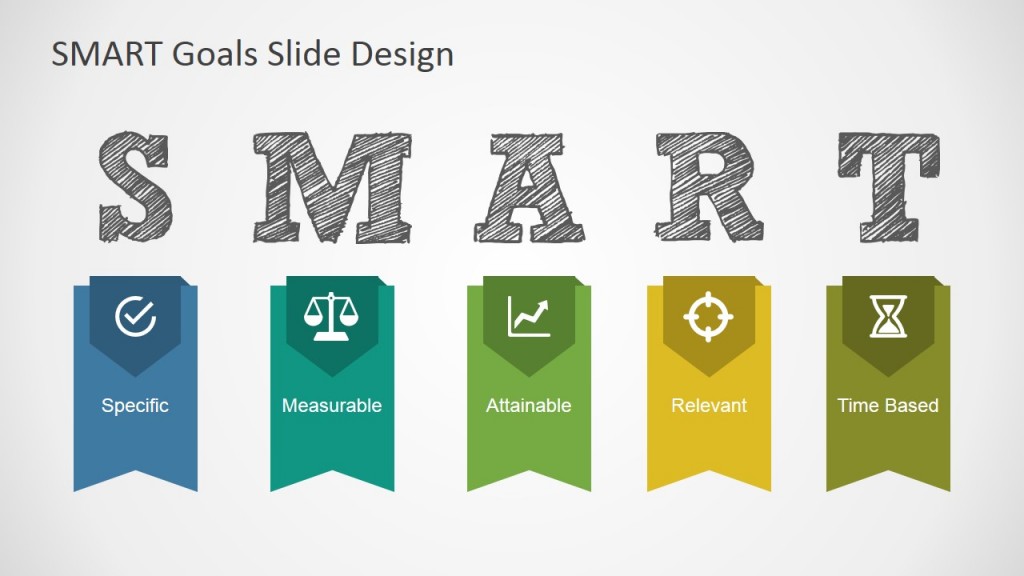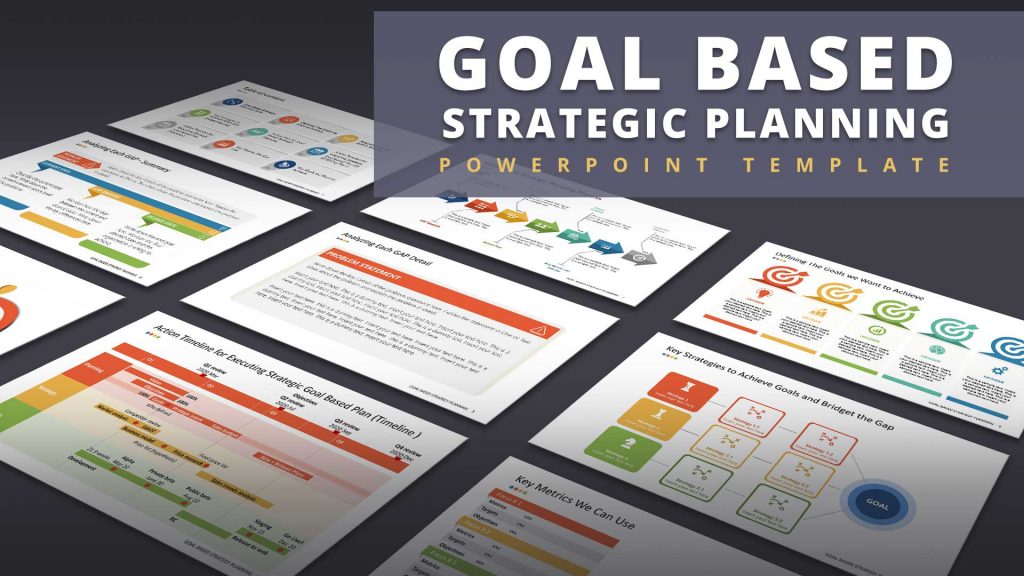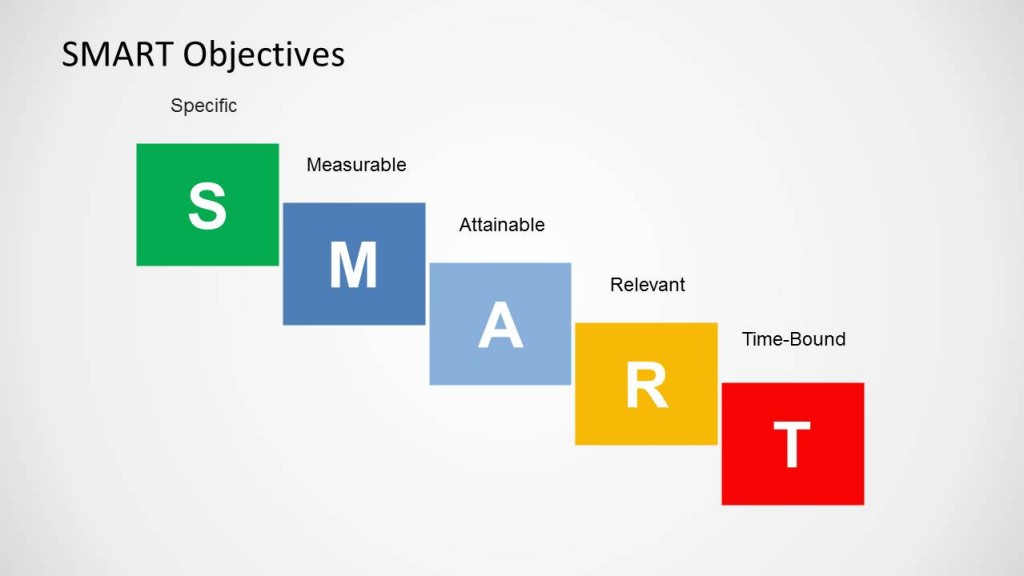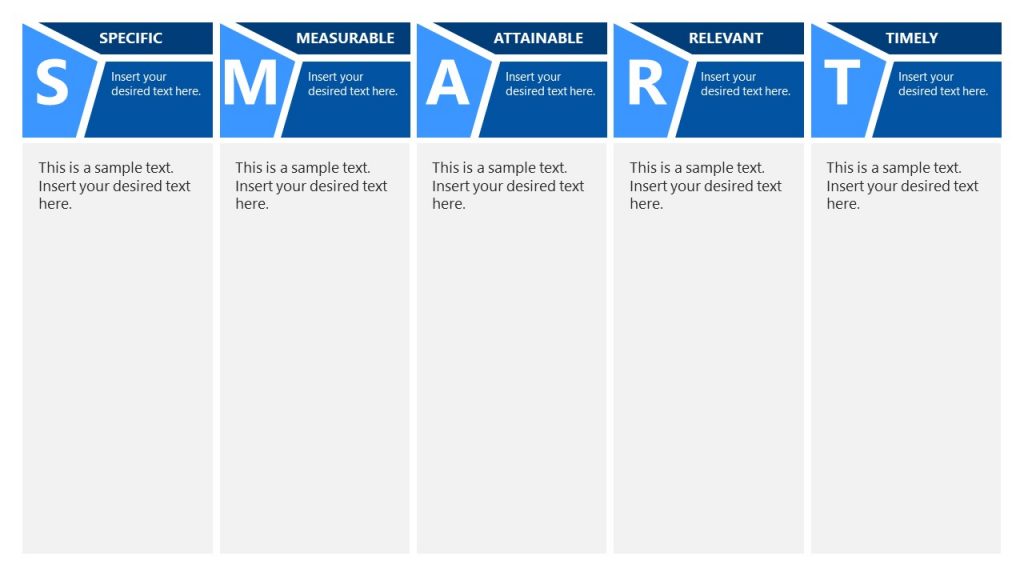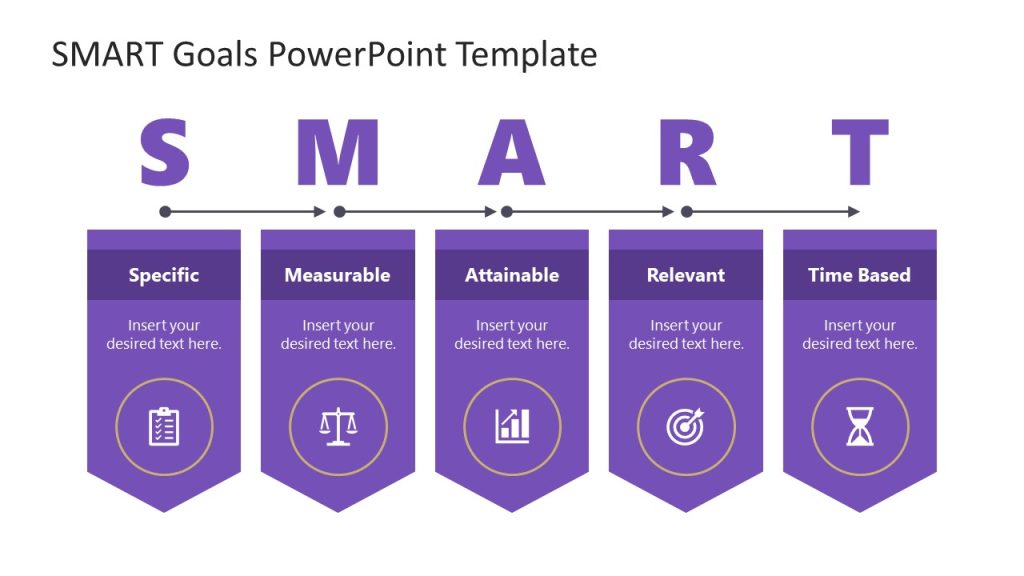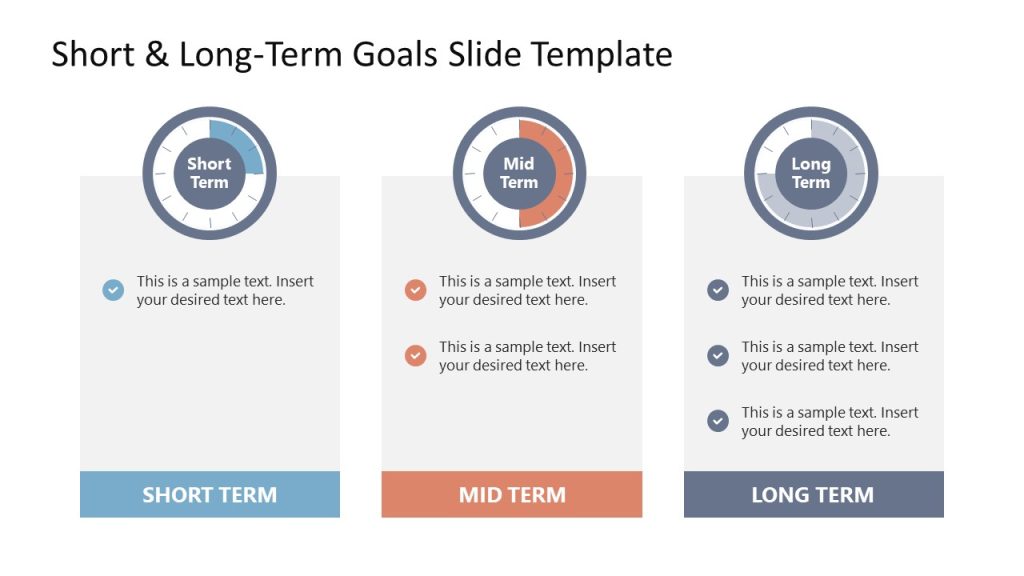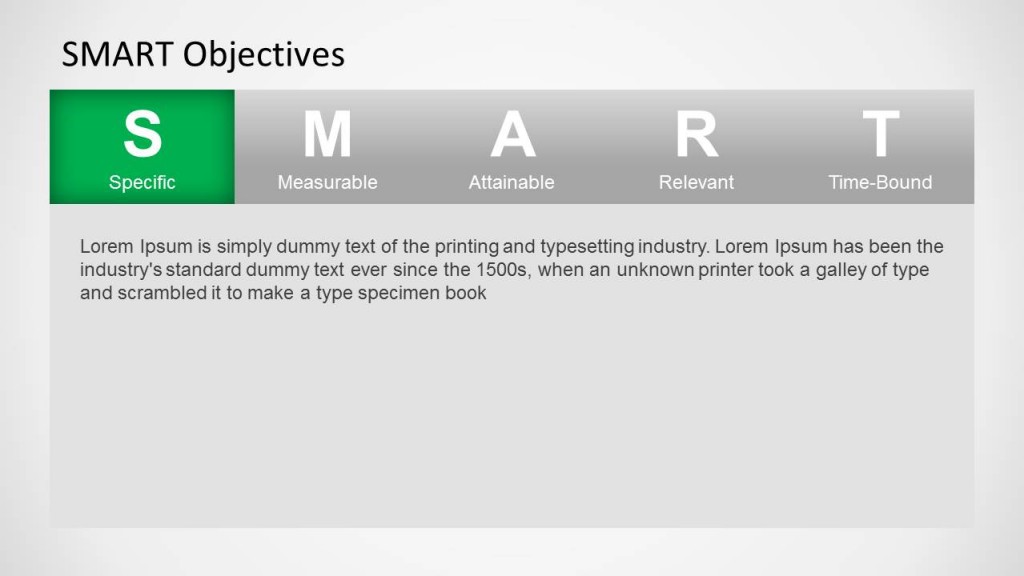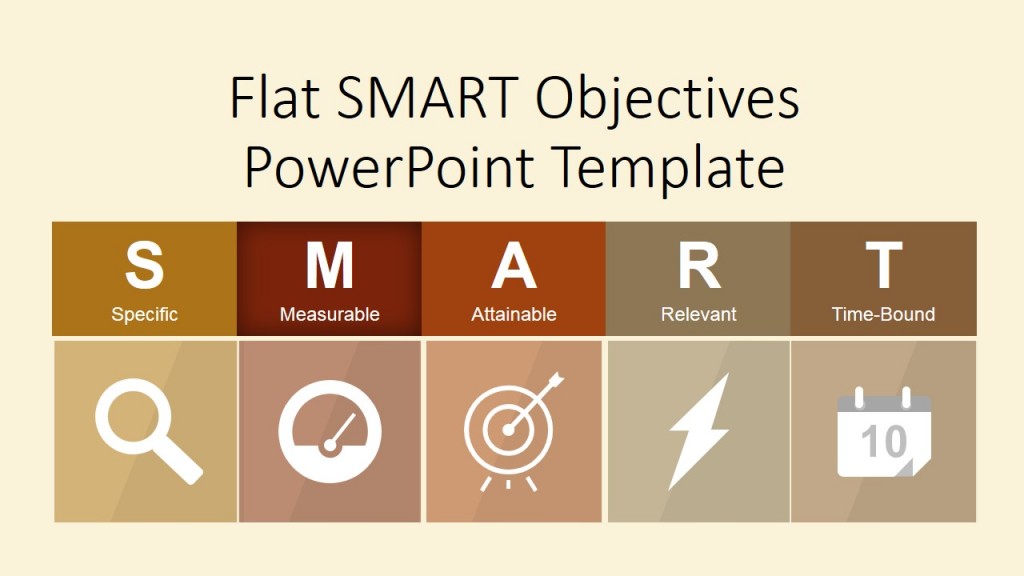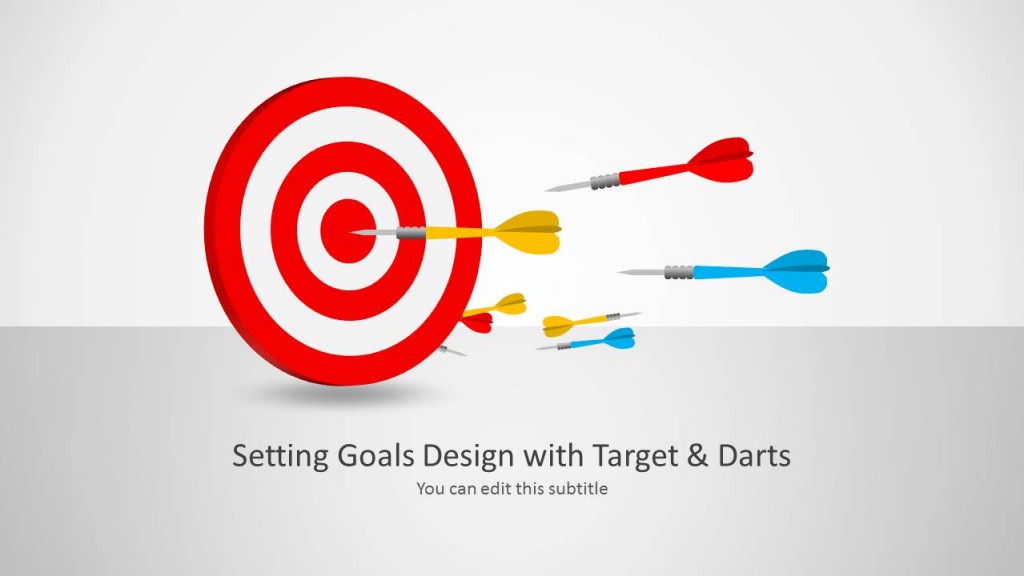
Businesses today are more focused on effective strategic planning and goal setting than ever. At first sight, these processes might seem pretty straightforward. However, there’s so much more going on behind the scenes. Companies dedicate a lot of time and resources to goal based strategic planning. After all, they determine the company’s future liquidity and success. This post covers the concepts related to goal-setting and the SMART criteria, their respective benefits, and instructions for writing SMART goals.
- What are SMART Goals?
- How to Write SMART Goals?
- A SMART Goals Template
- Learn how to set SMART Goals
- To Conclude
What are SMART Goals?
“Goal setting and task performance: 1969-1980” was the first study to promote the importance of setting achievable yet challenging goals. It found that 90% of people perform better with relevant and challenging goals, translating to higher business efficiency and profits.
Over the years, management and marketing teams came with different alternatives for goal setting and enhancing workplace performance. One widespread process is using the SMART acronym.
George T. Doran, a consultant and former Director of Corporate Planning for Washington Water Power Company, first introduced the SMART acronym. He published a paper titled There’s a S.M.A.R.T. Way to Write Management’s Goals and Objectives in November 1981.
Fast forward, the five rules or criteria known as SMART today serve as a psychological tool for increasing productivity. A SMART goal can foster a clear and mutual understanding of what constitutes expected performance levels and successful professional development, but also to achieve personal goals.

SMART Goals Definition and Meaning
SMART is an acronym for Specific, Measurable, Achievable, Relevant, and Time-Bound.
The SMART goals acronym eliminates generalization and guesswork, thus setting the base for tracking progress and identifying missed deadlines. When a business entity defines these five parameters, it essentially ensures its team will attain the listed objectives within a predetermined time frame.
What Are The Benefits Of Setting SMART Goals?
SMART is an effective tool with growing popularity. Businesses worldwide incorporate the criteria for strategic planning and goal setting due to the following benefits:
- It gives a sense of direction in the short- and long-term
- SMART helps teams create effective objectives
- Focus on the most critical aspects / set the priorities straight
- It’s motivating teams to get out of their comfort zones and take action
- Grants feelings of satisfaction when meeting deadlines
- Facilitates time management
- It’s time-saving due to goal-oriented activities
- Provides a sense of being on the right track (measures progress)
- It evaluates a team’s strengths and weaknesses
- Identifies critical areas of operation that need to be improved

How to Write SMART Goals?
The following section consists of the steps in the process of writing SMART goals, including practical examples to form a comprehensive goal statement.
Setting the Scope of a SMART Goal
SMART goals can address a wide range of job responsibilities, most commonly day-to-day job activities. Business entities primarily apply the SMART criteria to direct their attention and resources towards the most critical aspects of their operation, thus achieving their priorities.
SMART goals can cover different personal or business objectives, such as increasing/decreasing, developing, making, improving, and saving something (resource, expense, revenue, time, etc.).
Setting the scope of a SMART goal is a three-step process with the aim of help meeting personal or business goals:
- Defining the different job aspects, broad areas of responsibility, and results for which the business entity (or an individual employee) is held accountable
- Developing a goal statement for each particular area of responsibility, focusing on results, not the means to achieve them
- Ensuring the scope of each goal is on a high level, enough to encompass core outcomes, not particular tasks
Note: If a business has too many goals, it can indicate that they are developed at a too low level and meeting the business goals can be challenging in these situations. These goals are more task-oriented instead of focusing on the broader picture and the result. A practical solution to this problem is combining several statements into one, more comprehensive goal.
Elon Musk
Writing The Content Of A SMART Goal
A general goal has a lower chance of being accomplished compared to a SMART goal.
An example of a general goal: “I will increase my profits this year“.
S – Specific
First, SMART goals are always specific, providing enough detail to eliminate a general goal’s indecision.
An example of a specific goal: “The sales department will increase my profits this year by increasing my marketing efforts in the domestic market“.
Specific goals answer the famous “W” questions:
- What the business wants to achieve / What steps need to be taken (increase profits)
- Where the process with be taking place (in the domestic market)
- Who will take part in this process / Who is responsible (the sales department)
- Why is the entity pursuing this goal / Why is the goal important (to earn more)
- Which are the requirements, limits, obstacles, and so on
- When, even though this usually translates to the time-bound section (this year)
Note: Not every specific goal has to answer all questions. They are given as a starting point; it’s a non-exclusive list.
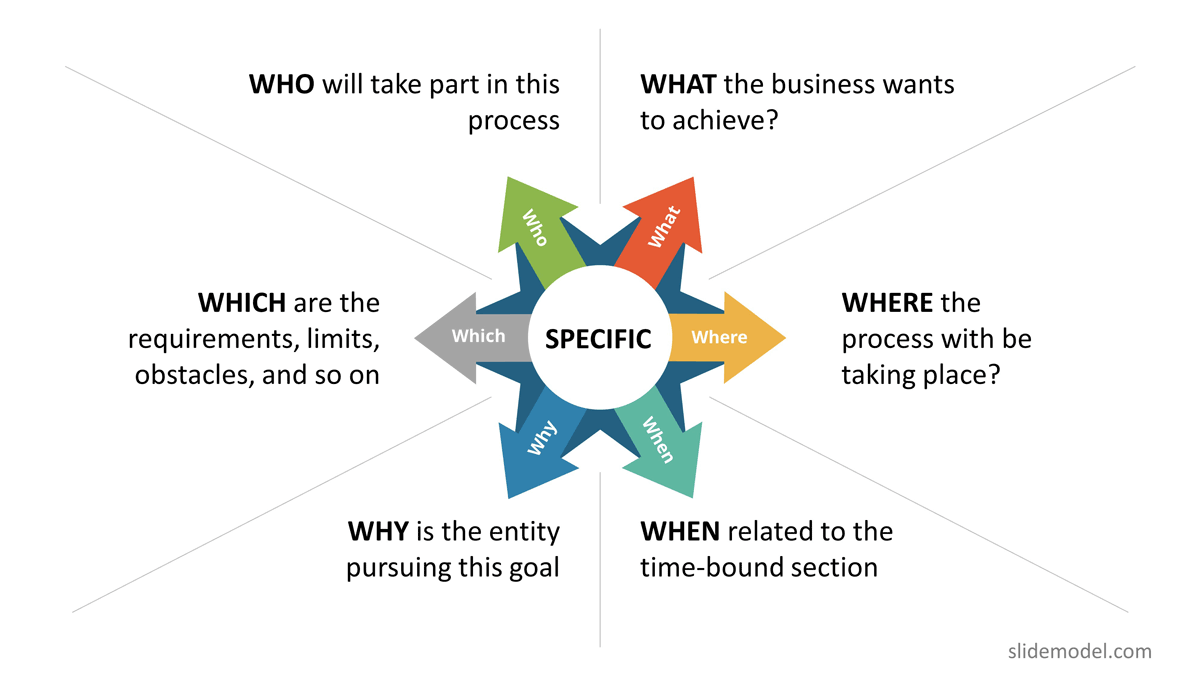
M – Measurable
A specific SMART goal is a solid base but worth almost nothing without the proper metrics in place. Setting metrics to determine whether a business will attain the goal and track progress makes the goal more tangible. Usually, this translates to numbers or customer/employee satisfaction.
A measurable goal usually answers questions, such as the following:
- How much resources/time/etc.
- How many team members/days/etc.
- How will we know when it’s done?
An example of a measurable goal: “The sales department will improve my profits by 15% this year by increasing my marketing expenses by 5% in the domestic market“.
Note: A business can easily measure these indicators since they are expressed in numbers (revenues, expenses, profits) – these are quantitative measurements.
However, a measurable goal can take another form: “The sales department will improve my profits by 15% this year by increasing customer satisfaction in the domestic market“.
The second refers to qualitative measurements that cannot be assessed as easily. An entity, in this case, will need to think in terms of customer feedback, testimonials, ratings, surveys, and so on. In the long term, customer satisfaction translates to customer/brand loyalty and increased profits. Still, these effects are difficult to quantify.
A – Achievable
Can the business improve profits by 15% in a single year? Is this the reality of its niche (is it a fast-growing one, is there a demand for these products/services)?
On the other hand, does the entity have the needed capital and resources to increase expenses by 5%? Or will this decision harm its operation, in debt the company in the long-term, or harm its market position?
These, and a range of other questions, should be considered. A business might need to stretch its abilities, develop new skills, change attitudes, or identify previously overlooked opportunities. Still, they should be able to achieve the set goal promptly. If the goal turns out to be too optimistic, the team might think of other, more viable alternatives.

R – Relevant
A single SMART goal statement should be consistent and make sense within the broader image and business mission. All of an entity’s departments should move in the same direction, or in other words, be aligned.
A relevant SMART goal answers the following questions:
- Does this idea seem worthwhile?
- Is this goal aligned with the overall company’s direction
- Are other departments willing to work towards achieving this goal?
T – Time-Bound
The time-bound element in the goal is “this year”, so that there’s no need to expand the statement. Still, it would help to break down the deadline into shorter milestones since a year is pretty broad. A better alternative would be:
“The sales department will improve my profits by 3% this month/quarter by … .“
A time-bound goal usually answers the following questions:
- When is the deadline?
- When is the first milestone, second, and so on?
- What can the team do today to move closer to the deadline?
With a timeline, a business will rarely overlook the importance of a goal. With the lack of it, the company can easily commit to day-to-day activities or occurring crises and forget what should have been a priority in the first place.
A SMART Goals Template
The SMART Goals Templates are a tool that facilitates the presentation of the goal-setting process and outcomes. It helps businesses better present their goal statements and communicate them with related parties.
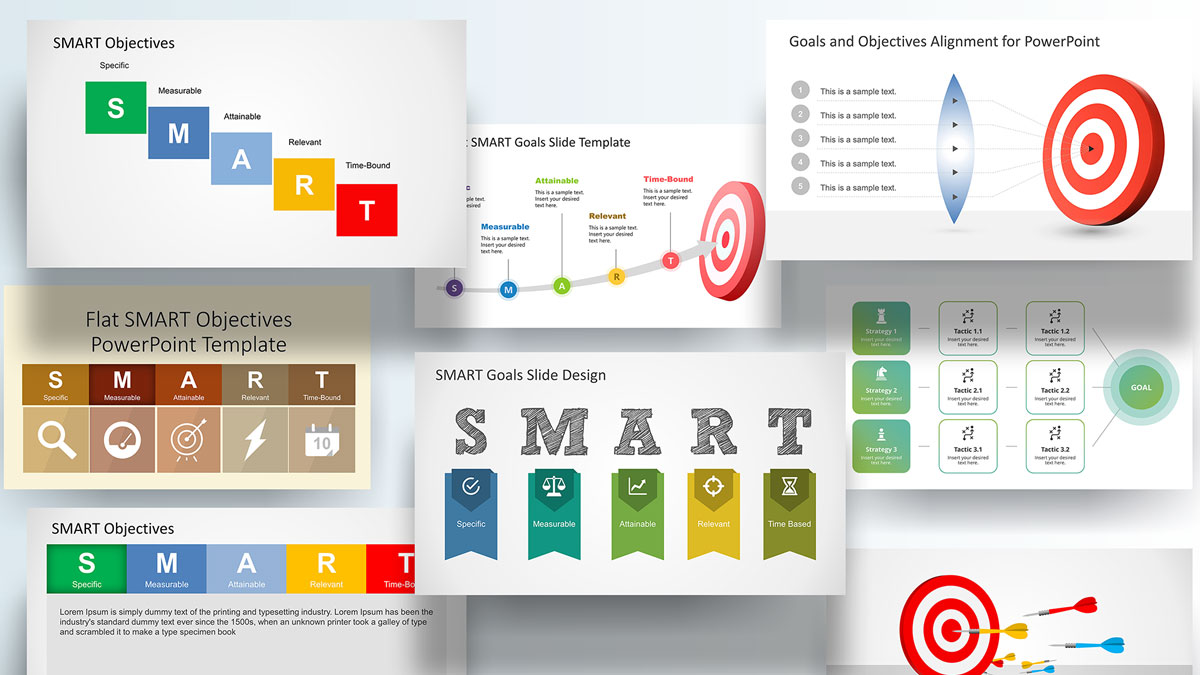
SMART Goals templates are usually divided into several sections, taking a form similar to the following:
- Initial Goal: Whatever an individual/business has in mind.
- Specific: The 6W questions.
- Measurable: How to keep a log of progress.
- Achievable: Questions to determine whether the goal is realistic.
- Relevant: Is the goal aligned with the bigger picture?
- Time-bound: When is the deadline for achieving it?
- Smart-Goal: An improved version of the goal statement based on the revelations of the answers to the questions.
A business starts by writing the initial idea. Then, it answers the listed questions as specified in each section above, respectively. In turn, the company can create a more practical goal statement.
The following template might help your entity write a SMART Goal:
Filling in the gaps might lead to examples, such as the following:
- The manufacturing team will improve efficiency by 10% to cut down expenses in the financial statements by the end of the year.
- By the end of February, I will organize three team-building meetings to improve company morale, thus motivation and productivity in the workplace.
- The customer support department will improve customer satisfaction rates by 10% in the following quarter. They will do so by introducing a 24/7 available live chat solution.
Here’s an excellent example of a SMART goals template, depicting the seven-step goals-based strategic planning process:
- Defining the business goals (SMART Criteria)
Note: Businesses can quickly fill each of the five fields with the respective SMART criteria (one color for each letter of the SMART acronym). - Analyzing the GAP within the strategy
- Developing key strategies to achieve SMART goals and close the GAP
- Writing the action plan for goal-based strategic planning
- Writing the action timeline for executing the strategic goal-based plan
Note: The action timeline is closely related to the time-bound criteria of the SMART goal. - Defining the key metrics specific for the business
- Wrapping up with the expected results and key goals achieved
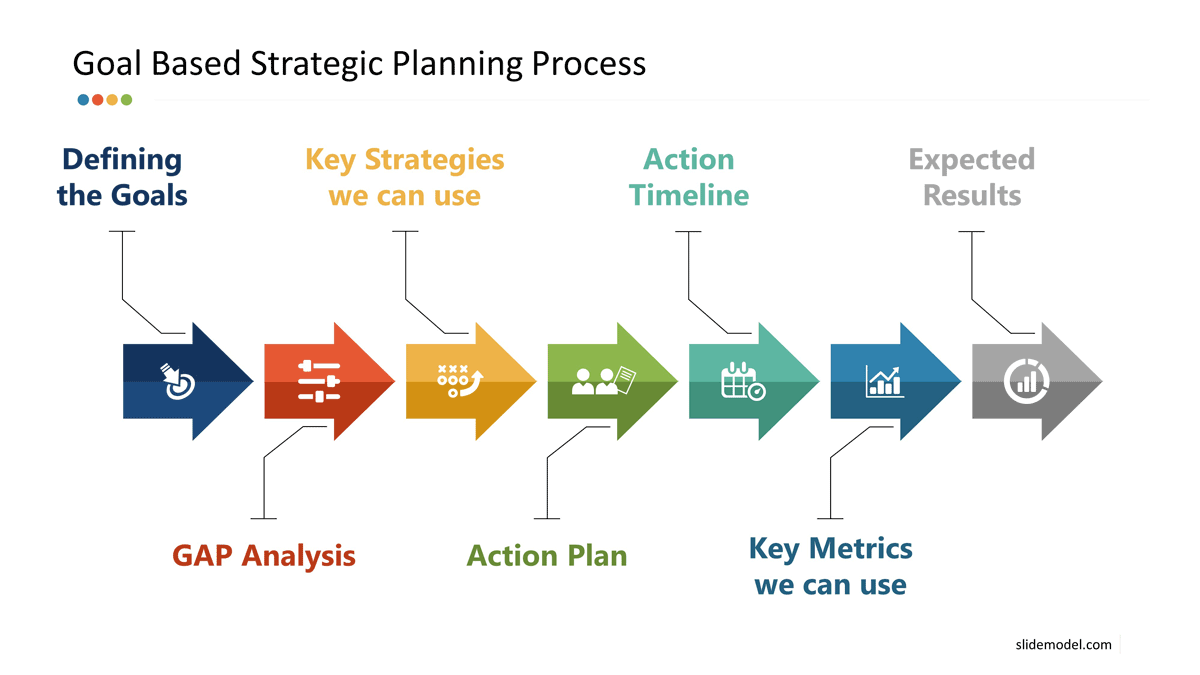
Learn how to set SMART Goals
Through the SMART Goals Template free we invite you to set your main goal and generate a conversion process towards SMART Goals. Thanks to this exercise you will be able to rethink your goal through different questions that will guide you towards the SMART methodology.
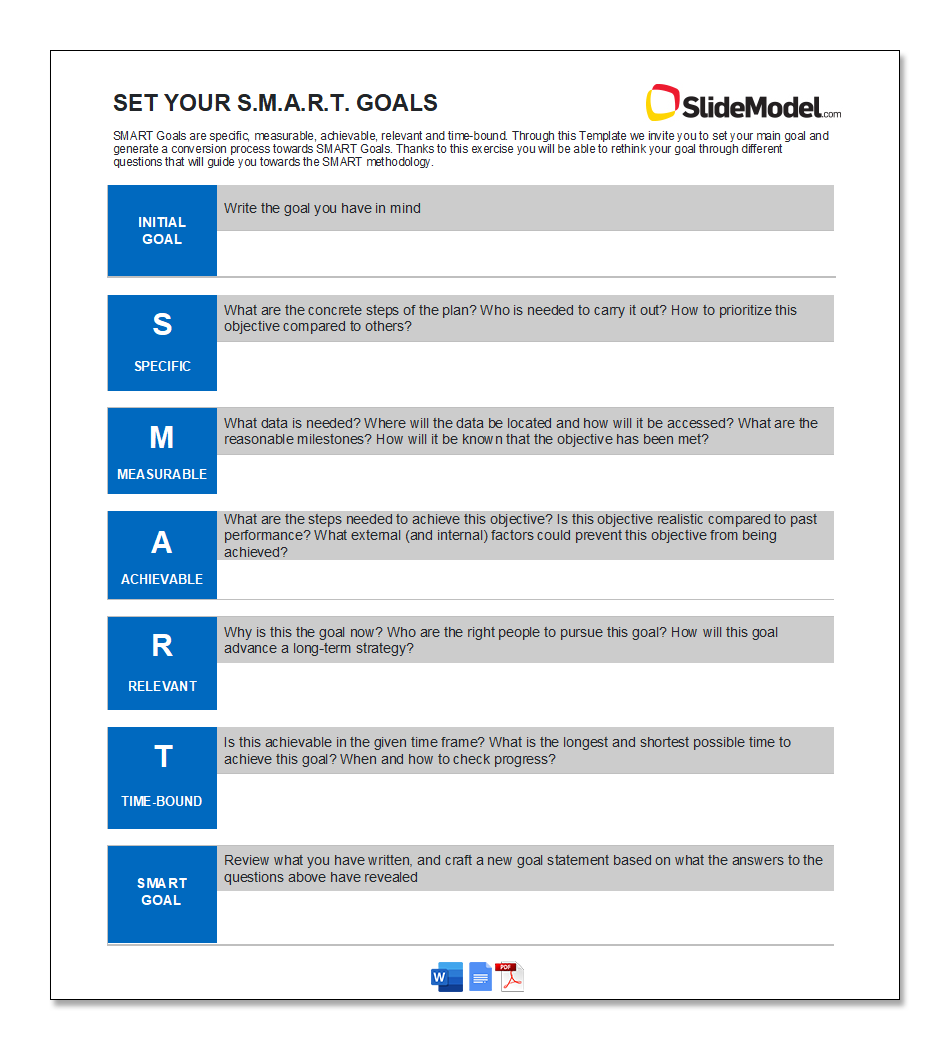
SMART Goals Examples
To Conclude
SMART goals are effective tools that can increase the efficiency and profitability of a business. They give a clear direction to long-term goals, long-term progress and prioritize the most critical aspects for success. Teams with SMART goals can better focus on the broader picture and not lose themselves in day-to-day activities.
Better focus, motivation, and productivity, in turn, set the base for increasing the financial position of a company, along with the non-financial indicators, in a positive direction.
